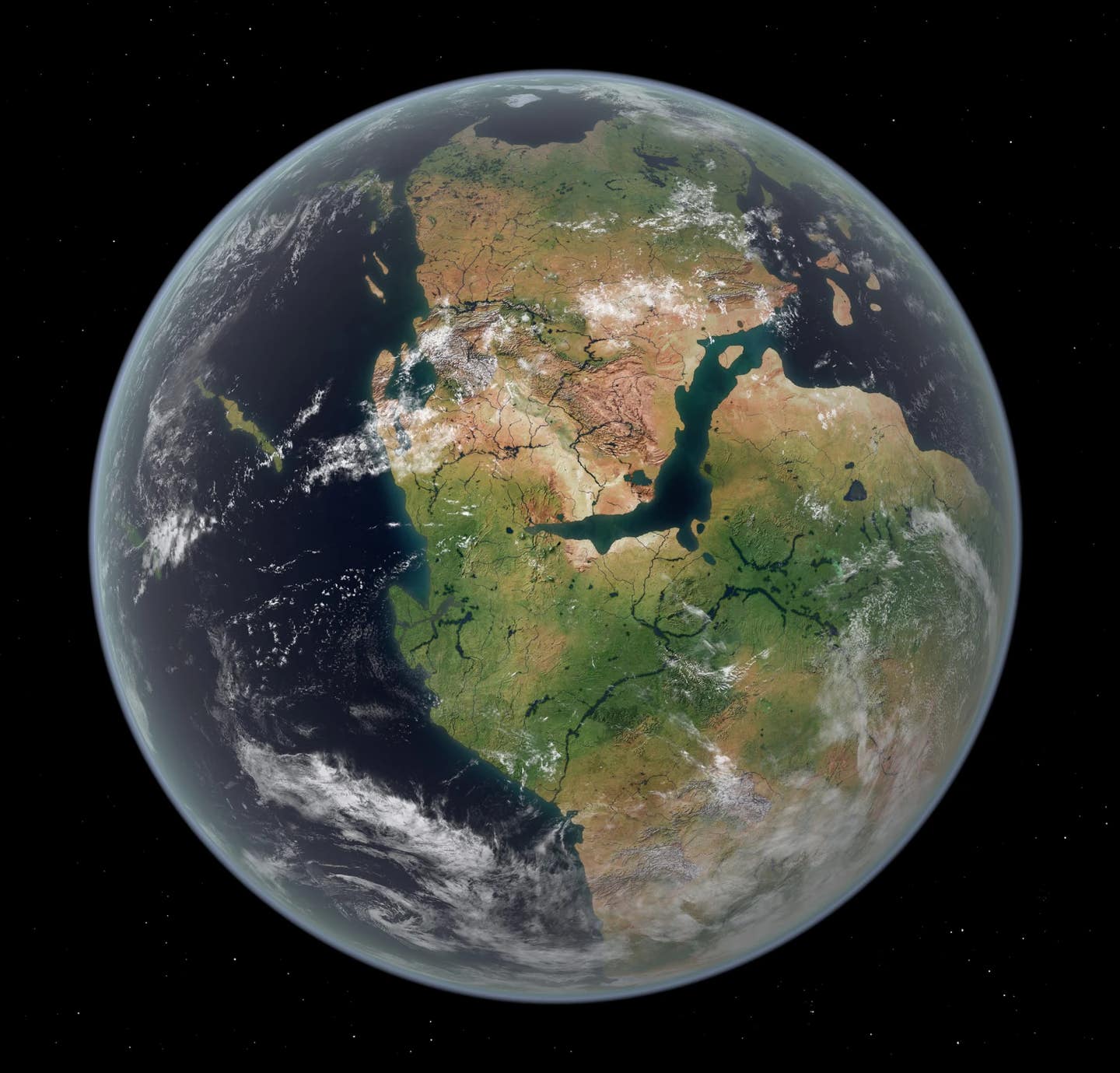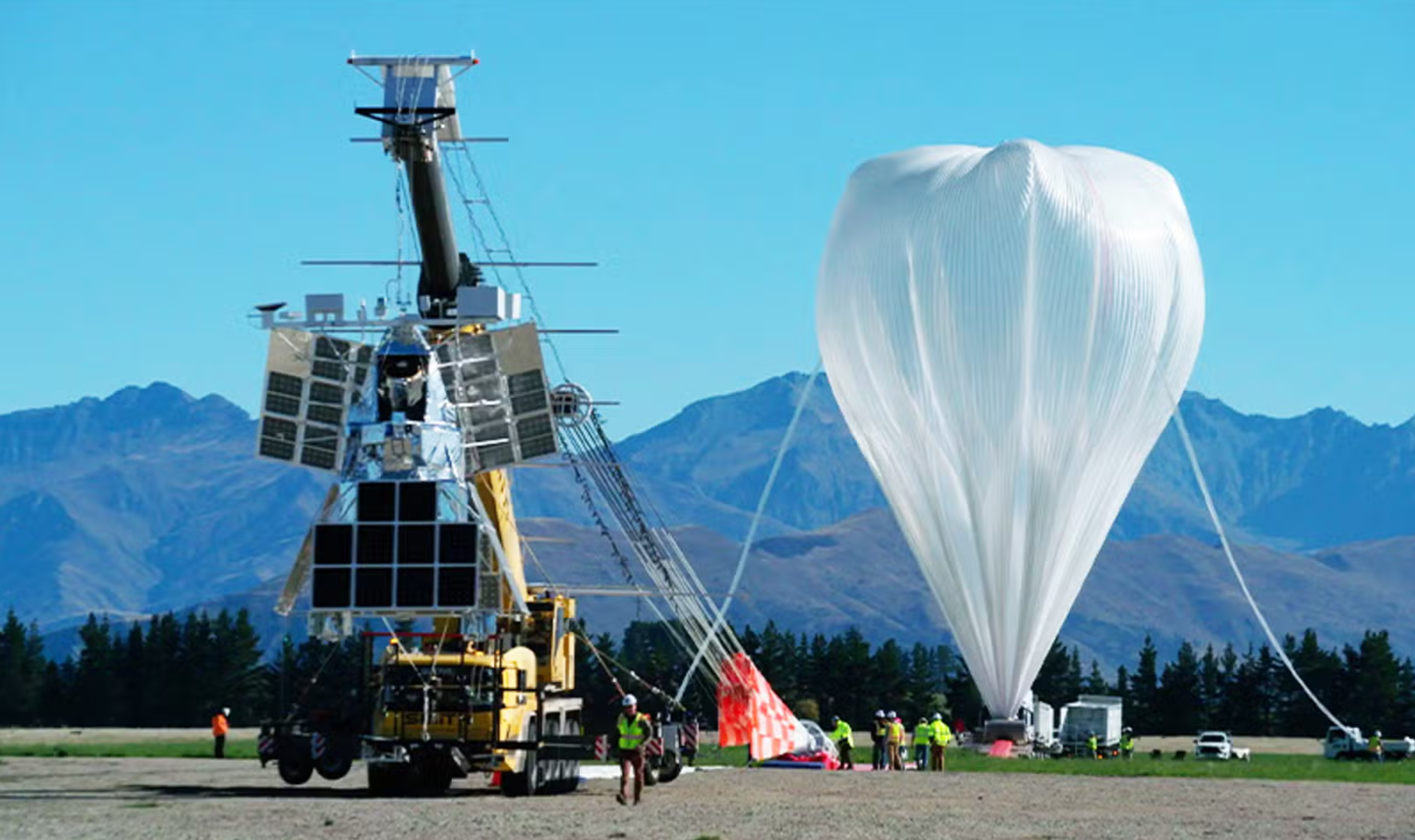New study redraws the world map: Earth only has six continents
Schoolchildren around the world have memorized the same lineup: Africa, Antarctica, Asia, Oceania, Europe, North America, and South America.

Forget what you learned in elementary school — According to researchers, the Earth doesn’t have seven continents after all. (CREDIT: CC BY-SA 4.0)
Disregard what you learned in geography class—Earth may not have seven continents after all.
From the earliest of grades, schoolchildren around the world have memorized the same lineup: Africa, Antarctica, Asia, Oceania, Europe, North America, and South America. But new research is shaking up that familiar list. A study published in Gondwana Research presents a case that challenges the very framework used to define continents.
Leading the charge is Dr. Jordan Phethean from the University of Derby. His team’s findings suggest the division between North America and Europe might not be as definitive as textbooks claim. Though the Atlantic Ocean sits between them, geological forces tell a different story.
“The North American and Eurasian tectonic plates have not yet actually broken apart, as is traditionally thought to have happened 52 million years ago,” Dr. Phethean said. Instead of being fully detached, the plates are still slowly drifting apart. That stretch hints they might still belong to one evolving landmass.
At the heart of this theory is Iceland—a fiery island perched along the mid-Atlantic ridge. Scientists once believed the island formed about 60 million years ago, thanks to a deep mantle plume triggered by the ridge that separates the two plates. That view has shaped how we understand continental drift in the North Atlantic.
The new study offers a fresh perspective. Rather than seeing Iceland as proof of a past separation, the research positions it as evidence of an ongoing geological connection. This subtle, continuous stretching between plates undermines the idea that a clean break ever happened.
If this holds true, the conventional definition of what counts as a continent might need a rewrite. The map of Earth, long thought settled, could be far more dynamic than once imagined.
Related Stories:
However, by carefully analyzing tectonic movements across Africa, Phethean and his colleagues have challenged this theory and put forward a radical new idea. They argue that Iceland, along with the Greenland Iceland Faroes Ridge (GIFR), contains geological fragments from both European and North American tectonic plates.
This suggests that these regions are not isolated landforms as previously thought but interconnected pieces of a larger continental structure. The scientists have even coined the term “Rifted Oceanic Magmatic Plateau” (ROMP) to describe this new geological feature, which could fundamentally alter our perception of the formation and separation of Earth’s continents.
Phethean describes the discovery as the Earth Science equivalent of finding the Lost City of Atlantis because his team uncovered “fragments of lost continent submerged beneath the sea and kilometers of thin lava flows.”
Furthermore, the researchers have found striking similarities between Iceland and Africa’s volcanic Afar region. If their study proves accurate, this would mean that the European and North American continents are still in the process of breaking apart and are, therefore, still linked. Phethean acknowledges that his team’s findings will raise some eyebrows but insists they are grounded in meticulous research.
“It is controversial to suggest that the GIFR contains a large amount of continental crust within it and that the European and North American tectonic plates have perhaps not yet officially broken up,” he admitted, while stressing that his work supports these hypotheses.
Nevertheless, the research is still in its conceptual phase, and the team aims to conduct further tests on Iceland’s volcanic rocks to obtain more concrete evidence of an ancient continental crust. They are also employing computer simulations and plate tectonic modeling to better understand how the ROMP is formed.
This research follows Phethean’s earlier discovery of a hidden “proto-microcontinent” nestled between Canada and Greenland. This primitive landmass, about the size of England, sits below the Davis Strait, just off Baffin Island.
Phethean noted that “rifting and microcontinent formation are ongoing phenomena” that help scientists better understand the behavior of continents and plate tectonics. Such knowledge can help experts predict how our planet might look in the distant future and locate where useful resources may be found.
Our understanding of Earth's continents might need an update based on these groundbreaking findings. The research suggests that the interconnected nature of North America and Europe challenges long-held geological beliefs and opens new avenues for studying Earth's dynamic processes.
As scientists continue to investigate, the very map of the world we thought we knew may change.
Note: Materials provided above by The Brighter Side of News. Content may be edited for style and length.
Like these kind of feel good stories? Get The Brighter Side of News' newsletter.



